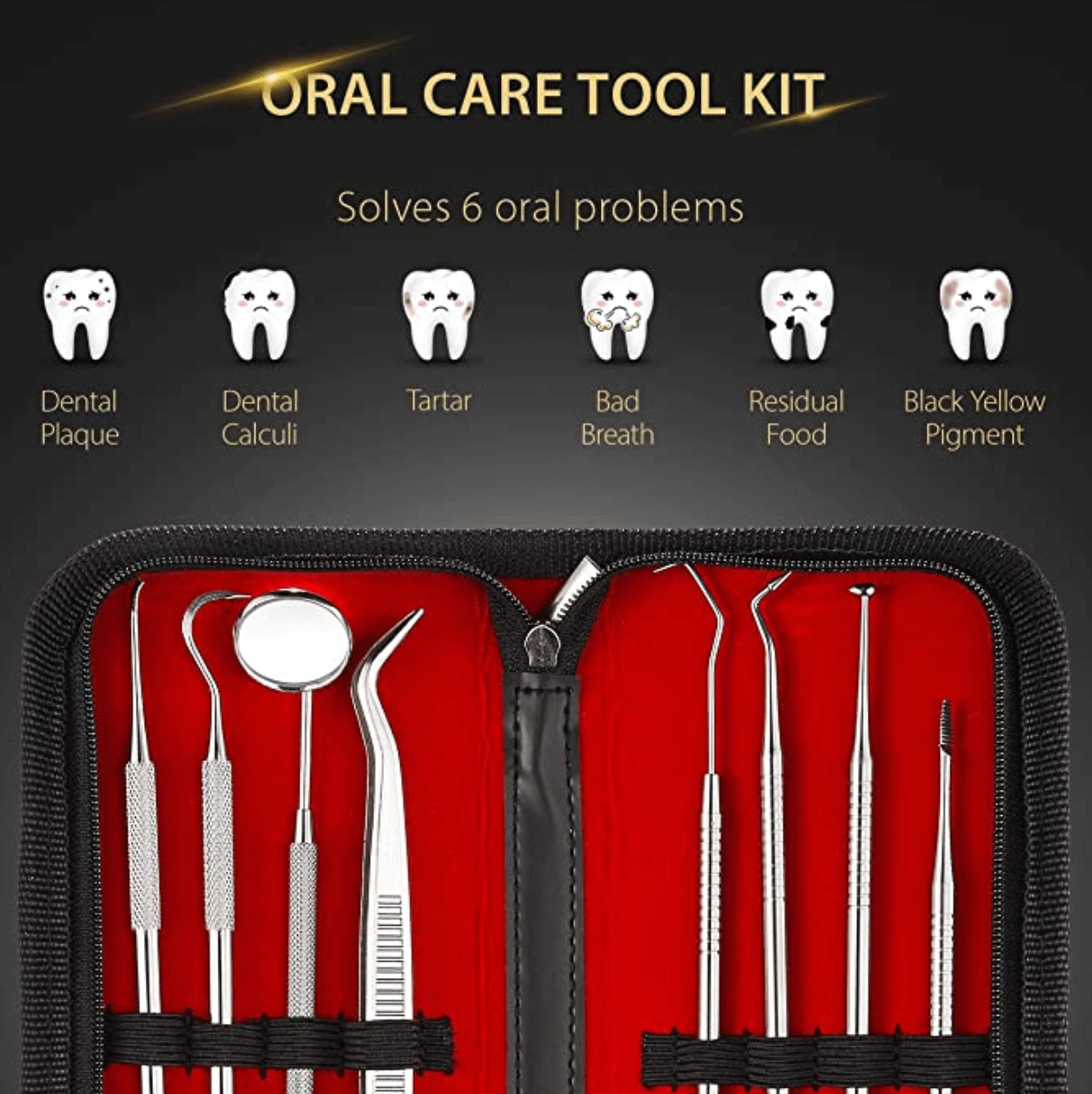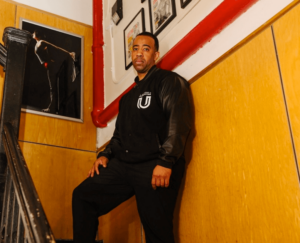Aromatherapy is not one of the services offered by New York City dentist, Dr. Louis Seigelman.
But it might as well be. One step into his midtown offices and you impulsively inhale a little
more deeply. The smell is unexpectedly pleasant: a little piney, a little grassy, very natural,
soothing. Not what you would associate with a dentist office.
But Dr. Seigelman, 62, is not your run of the mill dentist. He is a board-certified dental
anesthesiologist who teaches at NYU School of Dentistry and by request, lectures on the same.
His website address reveals his true distinction however: dentalphobia.com. Dr. Seigelman is
the dental equivalent of popping a few Ativan; he tends to crippling fears that get in the way of
better oral health.
Most of us don’t exactly skip to the dentist’s office. Research indicates that somewhere
between 40% and 75% of the US population exhibits some form of plain vanilla dental anxiety, a
term coined in the mid-40’s by Isador Coriat, one of the first American psychoanalysts, who
defined it as this: ‘an excessive dread of anything being done to the teeth’ that is most acute in
an anticipatory phase. You know it as sweaty palms, putting off appointments, and tossing and
turning the night before “dentist” shows up in your calendar. We Americans aren’t alone in our
hand wringing. According to a 2014 study by Australian researchers, the incidence of dental
anxiety appears to be relatively consistent throughout the world.
But dental phobia – or ordontophobia as it is sometimes called – is more serious, and left
unattended, potentially more injurious to patients’ overall health, mental as well as physical.
By the time many of his patients arrive in his office – most are middle aged women or older –
Dr. Seigelman says their oral health has seriously deteriorated. “Rotted, blackened teeth,
abscesses, gum lines that have disappeared, holes where teeth should be. I’ve seen it all.” The
smell can be putrid, too. He adds that patients’ sense of self-worth also tends to erode. “There
is so much shame,” he says, shaking his head sadly.
For the past 37 years, Dr. Seigelman has been working to overcome these fears, acting as much
like his patients’ therapist as the guy who fixes their teeth. Everything in his practice is designed
with heightened anxiety in mind. The waiting room is intimate, bathed in earth tones and wood
accents, in a dated, well-loved and comforting kind of way. A wall mounted television whispers
programs from the Food Network. Office attire is distinctly low key, too. Dr. Seigelman’s blue
gingham button down says “casual Friday”. No white coats here. His demeaner is equally
reassuring. His smile is open, caring. His grey hair, somehow reassuring. “Trust me” he seems
to say. His all-female staff mirrors his look.
Before jumping into the particulars of his practice, Dr. Seigelman offers a primer on brain
function, clearly relishing the opportunity to educate the uninformed. Hand holding and careful
explanation seems to come naturally to him. He also just likes to talk.
Anxiety and phobia emerge from similar parts of our brain, he explains.
Ever sense danger? Feel like running away? Just feel anxious in general? This is your almondshaped amygdala at work. It detects danger, real and perceived, and triggers you to respond.
The other important cerebral actor is the hippocampus, an endearing sounding word that is
actually a repository for memories, good and bad. Think of it as the home for post-traumatic
stress disorder (PTSD).
Dr. Seigelman explains that in dental phobia, these basic instincts combine with other, less
common subconscious responses to significantly heighten fear. “Think about how much of your
sensory stimuli is absorbed through your face,” he says, pausing, allowing for an image to take
shape. “Your sight, your sense of smell, your sense of taste. You depend on these for survival.
So, any time someone comes close to your face, it feels threatening. You pull back. You don’t
want them in there!” he exclaims.
“Animals do the same thing,” he says, listing off a range of domesticated breeds that most
people have tried to pet or approach with little initial success.
Dr. Seigelman explains that the mouth is a particularly sensitive target thanks to the potential
for poisoning and death. Even babies have to be cajoled into opening up for their parents.
“Think about your dog, if you have one,” Dr. Seigelman suggests. “He is happy to roll on his
back and expose his genitals to you or to anyone. But try to get into his mouth? Good luck.”
The doctor has a point.
Mother Nature has blessed us with a slew of other survival instincts that also play a role in
ordontophobia, like our need to breathe which, when someone is rooting through your mouth,
triggers a fear of asphifixiation. Genetic and behavioral factors can also be present.
Any combination of these issues create a paralyzing stew of stomach-churning, dentist avoiding
paranoia, or what Dr. Lisa Heaton, a psychology professor at the University of Washington
further describes as “a special kind of fear, out of proportion to the demands of the situation,
which will not respond to reason. It’s a level of fear that gets in the way of things we want or
need to do.” Patients who have dental phobia tend to seek treatment only when their pain
becomes unbearable or someone they trust persuades them that it is time.
According to Dr. Heaton, studies suggest that one in five people who are dentalphobes have
some other anxiety or depression issue. In Dr. Seigelman’s practice, severe trauma is the
culprit. He says that more than three quarters of his clients are traumatized women, a third of
whom he estimates have been physically, often sexually, abused.
“It’s multilayered and multidimensional,” he admits.
The complexity of the condition is what led the University of Washington to launch one of the
first US-based dental fear clinics a few decades ago, bringing together psychologists like Dr.
Heaton with dental clinicians. Dr. Heaton says that Scandinavian countries adopted this model
many years before but for a variety of reasons – different health care delivery systems and
professional resistance among dentists, in particular – the states lagged far behind.
“Dentists tend to rely on sedation to get their patients through the experience. I get it. It’s
easier and less time consuming. And a lot of patients want it. ‘Just knock me out and get it
over with’ is their attitude.” Dr. Heaton and her colleagues take a more holistic approach,
incorporating cognitive and behavioral strategies like breathing techniques and muscle relaxing
methods that clients can use outside of their office.
Dr. Seigelman sees no need to be more than a one man show. “I’m not curing them,” he
explains. “But I am helping them get better.” He admits that there are some patients that he
refers out, particularly when multiple visits are in order or if sedation is not an option due to
age. When there has been trauma, anger often gets in the way. “I had one woman who had an
abusive past and her anger at the world got transferred to me. She would get combative. There
was nothing I could do.”
While Dr. Seigelman operate solo, with no formal degree in psychology, many of his methods
do seem to mirror those of Dr. Heaton and her colleagues.
“I meet my patients where they are,” he says. Literally and figuratively. “Sometimes I meet
them at Starbucks if that’s less threatening.”
Not surprisingly, a fair share of Dr. Seigelman’s patients cancel, or try to cancel, at the last
minute. “I’ve had some admit that they have called from lobby or outside the office door.”
Some come once and don’t come back for a few years. Everyone’s threshold is different.
Wherever and whenever they meet, Dr. Seigelman devotes the first visit – and second and
third, if necessary – to just listening and taking notes. “I listen to the language they use. I need
to know about their experiences with pain, with anxiety, with heightened sensory stimulation. I
want to understand who they are.” These early encounters, sometimes with the patient’s
therapist on hand, can be an emotional salve unto themselves. “At some point in their lives,
someone mishandled these people. They don’t trust. And they have a fear of intrusion from
abuse,” Dr. Seigelman explains.
The doctor’s easy manner and personalized touch begins to help them relax. Information is key
too as it gives dentophobes a sense of control. “I map out a plan with each patient, marrying
their psychological profile with the necessary dental work and treatment options.” From his
description, Dr. Seigelman relies on more medication than his contemporaries in Seattle. But
he stresses that he medicates “appropriately.” “We’d probably never use IV (intravenous)
anesthesia for a simple cleaning but there are plenty other things we can do.” He lists laughing
gas and pharmaceuticals like valium among others. Distraction helps as well; often patients will
listen to music and increasingly, meditation apps.
Ultimately, Dr. Seigelman’s treatment approach comes down to exposure therapy in which
clients are gradually and regularly exposed to the source of their fears, like the menacing smells
of the dentist office or the piercing whine of the drills, the vulnerability suggested by the tipped
back exam chair, or even Dr. Seigelman himself. According to the American Psychological
Association, under proper conditions and with professional guidance, gradual exposure enables
patients to learn to control their distress. Baby steps are key.
For Dr. Seigelman, positive reinforcement is the final ingredient in his recipe for success. When
one positive experience can be followed by another, clients are more likely to complete their
dental work and to return. “When I fix their teeth, I can’t help but smile which fires up their
mirror neurons so they smile too. It’s contagious. They feel better, more whole.” As
Psychology Today puts it, any time you smile it’s like having a little party in your brain. All the
happiness neurotransmitters – dopamine, serotonin, and endorphins – wash over your fears.
But why stop at a warm exchange of feel-good smiles? In what might be considered an
unorthodox or ill-advised move for a dentist, Dr. Seigelman caps off his strategy of positive
reinforcement with another well-established method for generating happiness: sugar. He
sends each patient home with a carry out cup of Haagen Daaz ice cream, a prescription that no
one seems to run from.



